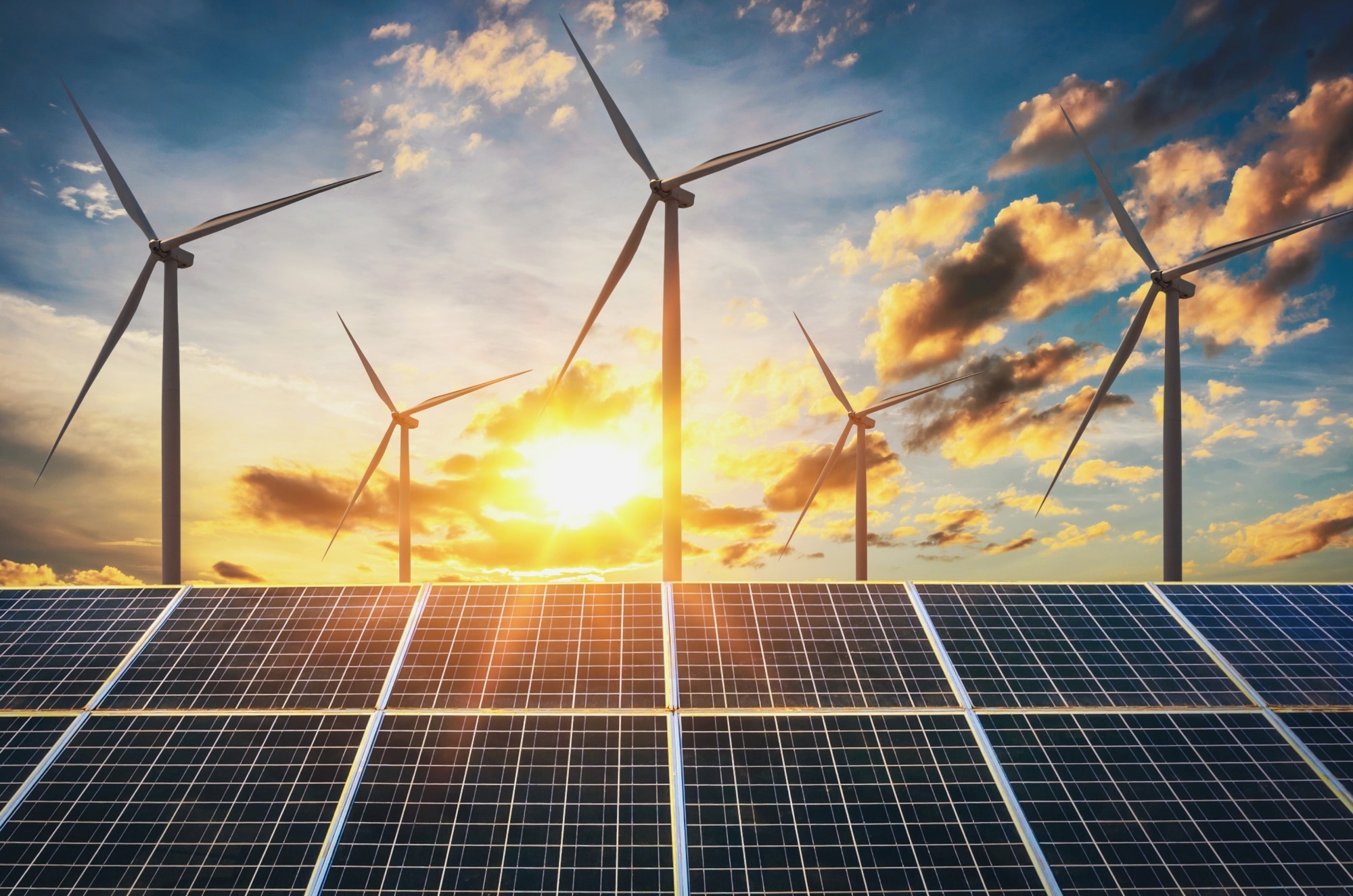As part of the energy transition and the move to renewables, an international team of researchers has recently proposed a new technology - Underground Gravity Energy Storage (UGES) - which can store and discharge electricity.

Image Credit: lovelyday12/Shutterstock.com
Published in the journal Energies, the team claims that UGES has massive energy storage potential on a global scale, with the capacity to support sustainable development, primarily by delivering seasonal energy storage services.
Meeting the Surging Demand for Energy
At present, solar and wind power are considered to be the front runners in renewable energy technology. However, while solar and wind power are fantastic sources of low-carbon energy, they still have their limitations, particularly in terms of variability. For instance, bad weather and low light can make solar generation difficult, and the same can be said for periods where wind flow is low.
Thus, being able to store any excess energy for future use is key to a renewable-dependant future.
Stored energy would help society sustain a consistent renewable energy supply, preventing blackouts or energy shortages from occurring when there is a lack of wind or sunlight. Thus, the development of practical energy storage and discharge options is crucial when it comes to reliably and efficiently matching energy demand at various time scales.
Buried in the Sand
Typically, batteries are the conventional stock when it comes to storing energy for later usage, with lithium-ion (Li-ion) batteries proving the most popular energy storage technology.
The transition toward a sustainable and resilient energy system compliant with Paris climate targets requires large-scale storage of variable renewable energy, such as wind and solar, over different time periods from hours to weeks and seasons.
Dr. Julian D. Hunt, International Institute for Applied Systems Analysis (IIASA)
Hydrogen electrolysis (green hydrogen) and seasonal pumped hydro storage (SPHS) are also emerging as the main alternatives for long-term energy storage at present. However, the challenges of high costs, low efficiencies, and site specificity of SPHS are driving the need to research alternative solutions for long-term energy storage.
According to Hunt and his colleagues, various geographical and geological locations offer promising conditions for energy storage, including mountains, mines, or underground caverns. This is where UGES comes in. During UGES, large amounts of sand are lowered into mine shafts in containers via a central cable for storage deep underground. As the sand is sent deeper into the mine, the cable spins a series of rotors, generating electricity. The process can also be reversed for energy storage.
The Future and Potentiality of Underground Gravity Energy Storage
A future-proof infrastructure is vital to achieving and sustaining 2050 climate goals, and transitioning to renewables is only one part of this. Thus, while the amount of sand required for UGES systems is something of concern due to the dwindling global sand supply, the team claims UGES could help regenerate communities where local mines have been shut down.
The world is transforming its energy system, halving coal extraction for energy-related purposes… UGES can provide an alternative source of revenue to the people working in the mines and the community.1
UGES power output varies depending on the length of the mine shaft and the volume of sand stored underground. So the deeper the mine, the more energy that can be stored and later discharged.
Deeper mines could also prove to be more cost-effective as the team estimates that energy storage costs range from $1 to $10 per kilowatt-hour for UGES. In contrast to lithium-ion batteries, which currently cost about $150/kWh, this is clearly more economical even as battery prices continue to fall with technological improvements.1
Hunt and his colleagues are proposing more research into the efficiency and analysis of the UGES system.
They claim that UGES technology could upgrade long-term energy storage solutions to meet current climate goals and alleviate any of the issues associated with seasonal conditions when using solar- or wind-powered technologies.
References and Further Reading
- Hunt, J.D. et al. (2023) ‘Underground Gravity Energy Storage: A solution for long-term Energy Storage’, Energies, 16(2), p. 825. Available at: https://www.mdpi.com/1996-1073/16/2/825.
Disclaimer: The views expressed here are those of the author expressed in their private capacity and do not necessarily represent the views of AZoM.com Limited T/A AZoNetwork the owner and operator of this website. This disclaimer forms part of the Terms and conditions of use of this website.